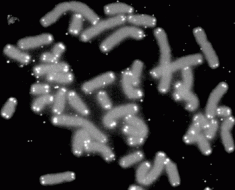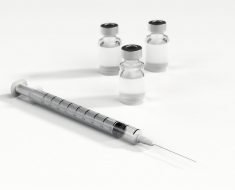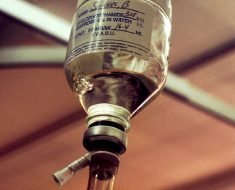People having a heart attack get faster life-saving treatment to restore blood flow to the heart if they live in states that allow emergency medical crews to bypass hospitals that don’t offer the specialized treatment in favor of hospitals that do, according to new research in Circulation: Cardiovascular Interventions, an American Heart Association journal.
The study looked at how quickly heart attack patients received percutaneous coronary intervention, or PCI, a preferred treatment to open blocked arteries. Not all hospitals have the specialized capability to perform PCI, so researchers compared treatment times in states with and without policies that allow emergency medical services (EMS) to take patients directly to hospitals that offer PCI, even if that means bypassing closer facilities.
In this study, 57.9 percent of patients living in states with hospital bypass policies received PCI within relevant guideline-recommended times, compared to 47.5 percent of those living in states without bypass policies.
American Heart Association/American College of Cardiology guidelines call for patients to receive PCI within 90 minutes or less from first medical contact if they’re taken directly to a PCI-capable hospital and within 120 minutes or less if first taken to a non-PCI-capable facility and transferred.
“Our findings provide a compelling case for state-level policies that allow emergency medical services to take patients directly to the PCI-capable centers,” said Jacqueline Green, M.D., M.P.H., the study lead author and a cardiologist at Piedmont Heart Institute in Fayetteville, Ga. “A policy that improves access to timely care for even an additional 10 percent of patients could have a significant impact on a population level.”
Green conducted the study during fellowship training at the University of Michigan in Ann Arbor. The analysis involved 19,287 patients treated at 379 hospitals in 12 states. Researchers compared time to treatment for heart attack patients receiving care in 2013 and 2014 in six states with bypass policies (Delaware, Iowa, Maryland, Massachusetts, North Carolina and Pennsylvania) to treatment times for patients in six states without bypass policies (Connecticut, New York, Minnesota, South Carolina, Texas and Virginia.)
Even though the time from symptom onset to hospital arrival did not differ across states, patients treated in states with bypass policies received faster intervention once they contacted emergency medical services.
- In states with bypass policies, 57 percent of people having heart attacks received PCI within 90 minutes or less of first medical contact and 82 percent underwent PCI within 120 minutes or less of first medical contact.
- Those numbers were significantly lower in states that did not have bypass policies, where 45 percent of people received PCI within 90 minutes or less and 77 percent within 120 minutes or less.
Patients taken to non-specializing nearby hospitals often face critical delays in treatment because they need an initial evaluation before being triaged to a specialized hospital. Patients in states with bypass policies were more likely to receive a diagnostic electrocardiogram prior to hospital arrival, compared with patients treated in states without those policies (75 percent compared with 69 percent). This earlier diagnosis can allow for faster life-saving treatment once the patient arrives at the hospital.
Researchers noted a key challenge in any heart attack care was that a substantial number of patients (27 percent) delayed accessing EMS or didn’t access EMS at all and took themselves to the hospital.
The study was funded by the American Heart Association’s Mission: Lifeline program which aims to develop coordinated systems of care led by EMS and hospitals teams to use guidelines and best practices to treat heart attack, stroke and cardiac arrest. The goal is to improve and expediate care from the moment a person first has symptoms, to calling 9-1-1, getting to the right facility to get the right treatment and continuing through hospital discharge, rehabilitation and recovery.
An accompanying editorial notes that the timely delivery of appropriate care to heart attack patients is complex and has many unique facets.
“The present analysis demonstrates that allowing EMS providers to bypass non-PCI-capable hospitals in favor of PCI-capable hospitals can significantly reduce time to appropriate reperfusion therapy,” write authors Daniel Kolansky, M.D. and Paul Fiorilli, M.D. of the University of Pennsylvania in Philadelphia.
“Although much work has already been accomplished to expedite the care of these patients, we need to continue to put together all the pieces of this puzzle to provide the best possible heart attack care for our patients.”
They note areas for improvement including:
- routine use of pre-hospital ECG transmission (and early cath lab activation), development of community-based education outreach programs to improve patient symptoms recognition, and
- continued development of regionalized systems of care for STEMI patients to reduce the overall time from EMS activation to reperfusion therapy.
Source: Read Full Article





